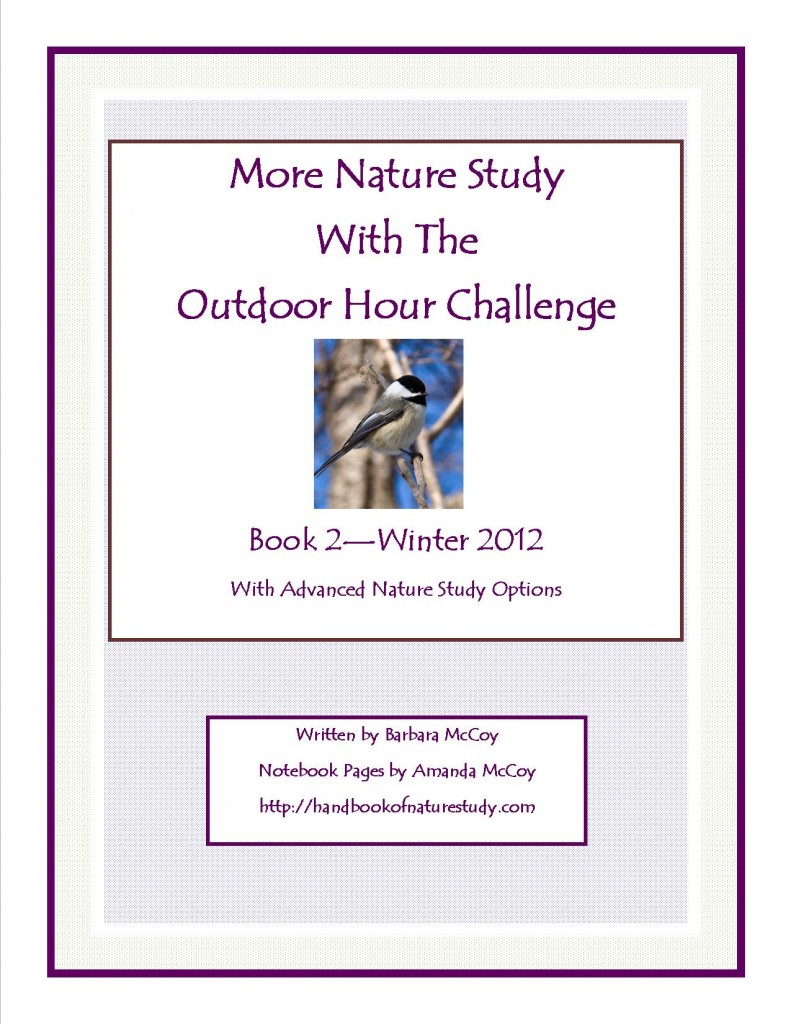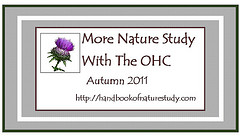Squirrel nature study happens quite frequently at our house. We tend to have squirrels that are not shy about making themselves at home in our birdfeeders and in our trees, especially the walnut tree. I knew we had a squirrel challenge to complete this month so I have been waiting for one to come along to observe. Wouldn’t you know it? We could hear them chattering up in the tree a few times over the past few weeks but we have not actually seen our resident squirrels.
Our Outdoor Time
Kona and I completed this squirrel challenge on our own today…it was a drizzly, gray day. Kona is the squirrel hunter in our family and she will chase them along the fence line and watch them from the base of the tree. She loves a good squirrel chase. Today though there was no squirrel around.
We made use of our time by trying to find some signs of squirrels. We found quite a few walnut shells which are dead giveaway. We looked up in the tree but we couldn’t see any squirrels up there. We made our way around to the side of the house and the birdfeeder where the squirrels sometimes sit and munch on seeds. No squirrels today.
We then went around the side of the house and we saw some tracks in the mud. I think they are cat tracks.
One last tree to check out…nope, no squirrels today.
Well, we didn’t see a squirrel to observe but we ended up really enjoying our time outside. I gathered a colorful leaf bouquet, watched a flock of finches in the feeder (post to come), and we got some fresh air before it really started to rain. Successful….yes!
I did pull out the field guide and look up squirrels and read through the pages. Mr. B and I will be keeping our eyes out for squirrels as the month goes by and once the leaves are all down for the season I know we will be able to see more clearly when we hear the squirrels chattering.

Don’t forget you can study any rodent this month and there is a free printable notebook page for you to use with your Handbook
of Nature Study.Rodents included in the Handbook of Nature Study are the muskrat, house mouse, woodchuck, red squirrel, and the chipmunk.



































